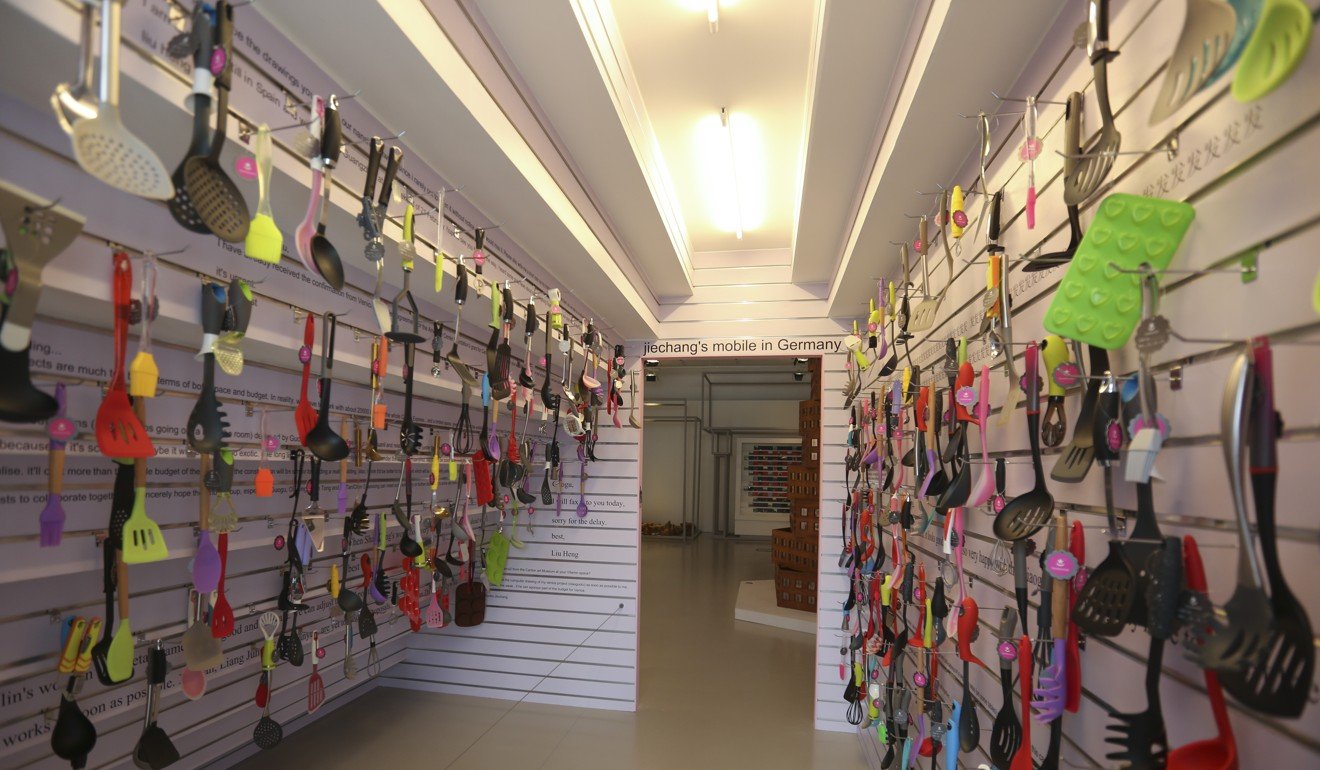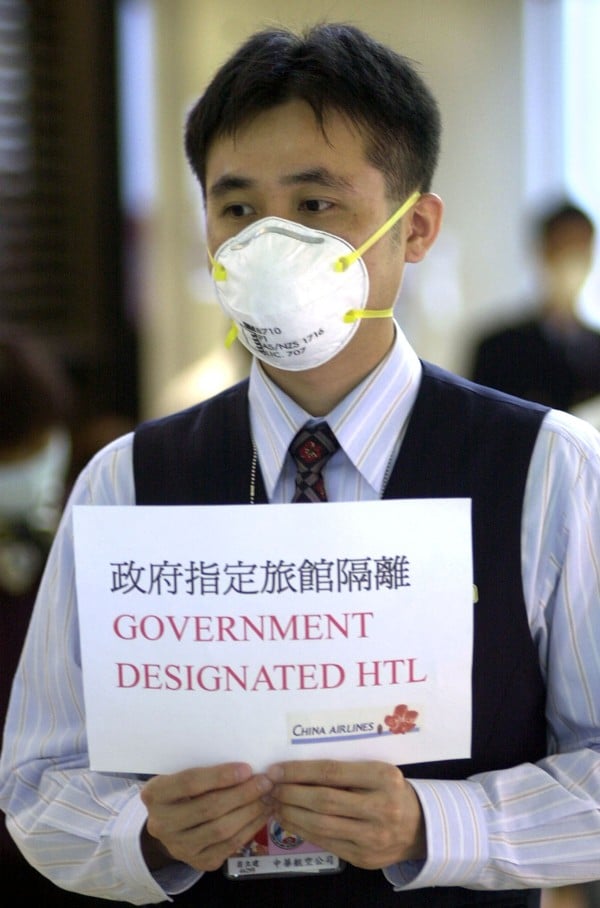
Untold story of how art exhibition was smuggled out of China to the Venice Biennale at height of Sars epidemic
Artist reveals for first time how he disguised artworks as trade shipment to get around quarantine during Sars epidemic, and how artists took circuitous route to Italy to beat health curbs on travel

The 2003 Venice Biennale was going to be a big coming out party for artists from China. But the timing was disastrous. The severe acute respiratory syndrome epidemic was raging in China and Hong Kong, forcing countries around the world to impose strict quarantine requirements to halt the spread of the virus.
In the end, the inaugural China Pavilion exhibition in Venice was cancelled because the artists and their artwork were stranded in Beijing. However, one group of artists managed to get their own exhibition, called “Canton Express”, shipped from Guangdong province, and shown in Venice.
This week Zheng Guogu, who was in charge of logistics for the group at the time, revealed to SCMP.com how he managed it. The Yangjiang artist is in Hong Kong for the restaging of the “Canton Express” show at the city’s M+ Pavilion.

“It was smuggling,” says Zheng. “We shipped under the name of an import-export company in Yangjiang – home to many factories shipping products across the world. Quarantine requirements were looser for trade shipments. Maybe it helped that my artwork was actually a fake sample room of kitchen utensils!”
Shipping the art was relatively straightforward compared with how the artists got to Venice.
“Most of the 14 artists involved went to Venice. We travelled to Hong Kong first, and then flew to Thailand. From Thailand we went to Paris, then Venice. The hopping around meant that we didn’t get caught up in quarantines,” he says.

That wasn’t all. Their money had more or less run out by the time the huge crates of artworks reached the Port of Venice. There, Zheng and curator Hou Hanru discovered belatedly the staggering amount local companies charged for the short transfer from the port to the exhibition venue at the Venice Arsenale: €20,000.
“Shipping from Yangjiang to the main port in Venice was only US$17,000! We checked with three different moving companies in Venice and they all charged the same,” Zheng recalls.
Fortunately, art collector Uli Sigg and Hong Kong gallerists Alice King Tung Chee-ping and Johnson Chang Tsong-zung chipped in and saved the day.
Later, Chinese art collector Guan Yi offered to buy all the exhibits and shipped them back to China, saving them from the rubbish tip. In 2014, he donated them to M+, where they have been restored and are on show for the first time since 2003.